
Anxiety is normal psychological reaction to the every day stress. People deal with anxiety in different tense situations in the office, school and any other kind of social interaction. However, anxiety may sometimes become excessive and irrational fear of normal everyday situations. It may grow up into a severely disabling disorder.
It is estimated that approximately 19 million adult Americans suffer from some kind of anxiety disorder. Women are at slightly higher risk of developing this condition.
Signs and symptoms of anxiety disorder
Persons suffering from anxiety disorder may constantly feel under pressure and worried. The intense fear often obstructs their normal functioning in the school, work and within the family. Person with anxiety disorder normally realizes the irrational nature of his or hers fears, but this doesn’t help in getting a relief. Person may start to avoid everyday situations, to feel like a terrible danger lurks from every corner, or even start to experience intense panic attacks.
The most common symptoms for different anxiety disorders include panic, fear and nervousness, followed by the uncontrollable and obsessive mind flow often with flashbacks of traumatic experiences. Nightmares and problems with sleeping are also present. Person may complain about cold or sweaty hands or feet, short breath, palpitations, dryness of the mouth, sickness, lack of sensation or tingling in the limbs, and tension in the muscle.
Classification of anxiety disorders
Anxiety disorders are classified in six major groups. Each of them has a particular set of symptoms that distinguish it from the others.
Generalized anxiety disorder is characterized by excessive, uncontrollable and irrational worry about normal things in everyday life. This kind of worry is disabling to the patient and severely interferes with daily functioning. People with general anxiety disorder usually express worry about health, money problems, death, family, relationships and work. It is estimated that about 6.8 million Americans suffer from generalized anxiety disorder.
Obsessive-compulsive disorder is characterized by disturbing thoughts that produce extreme uneasiness, worry or fear, and corresponding repetitive behaviors conducted to reduce the anxiety. People suffering from obsessive compulsive disorder may seem to be paranoid and psychotic. Symptoms may vary and they resemble to repetitive hand washing, preoccupation with religious beliefs, preoccupation with sexual or aggressive impulses, and aversion to odd numbers.
Panic disorder is characterized by recurring panic attacks. These attacks last about ten minutes, on average. Frequent symptoms of a panic attack include rapid heartbeat, perspiration, lightheadedness, trembling, uncontrollable fear, hyperventilation, etc.
Phobia is the irrational and intense fear of certain situations, people, things or animals. The symptom of phobia is the excessive desire to avoid the feared stimulus. Sometimes phobias may be so severe to interfere with normal living.
Post-traumatic stress disorder develops after the psychological trauma. Symptoms usually include nightmares and problems with sleep, flashbacks, avoidance of stimuli associated with the traumatic event and generally increased arousal.
Social anxiety disorder is distinguished by the excessive fear in social situations. This fear is highly disabling and may interfere with normal functioning of life. The chronic fear of being judged by others is present in these patients, together with the feeling of embarrassment and humiliation.



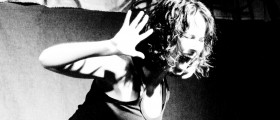





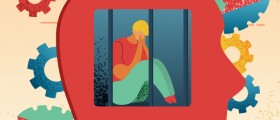
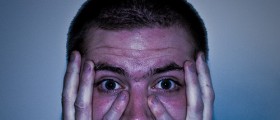


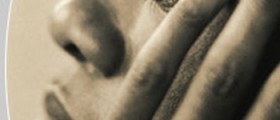
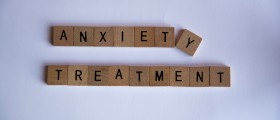


Your thoughts on this
Loading...